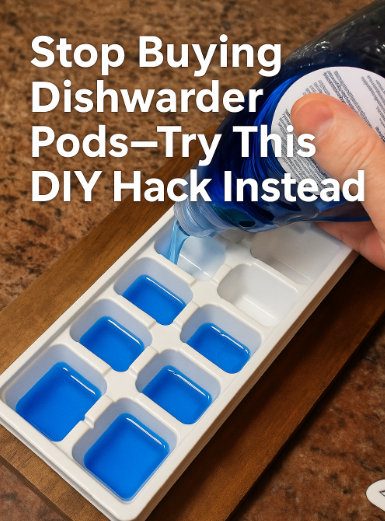An aquaponics system is an innovative way to grow organic plants and raise fish simultaneously. Combining aquaculture (raising fish) with hydroponics (growing plants in water), this sustainable system is perfect for small spaces and provides year-round harvests.
—
What You Need
Fish Tank: 20-50 gallons (size depends on available space).
Grow Bed: For planting crops, placed above or beside the fish tank.
Water and Air Pumps: For circulating water and providing oxygen.
Grow Medium: Clay pebbles, gravel, or hydroton.
PVC Pipes/Tubing: For water flow between the tank and grow bed.
Fish: Tilapia, goldfish, or catfish.
Plants: Lettuce, herbs, tomatoes, or other water-tolerant crops.
pH Test Kit (optional): To monitor water quality.
Light Source: Natural sunlight or grow lights.
—
Steps to Build and Maintain Your System
1. Set Up the Fish Tank
Choose a location with access to electricity and light.
Fill the tank with dechlorinated water and install a pump to circulate water between the fish tank and grow bed.
2. Build the Grow Bed
Place the grow bed above or beside the tank.
Fill it with grow medium to support plant roots.
Use PVC pipes to create a water channel from the tank to the bed and back. Ensure proper drainage.
3. Add Fish and Plants
Introduce hardy fish like tilapia or goldfish into the tank.
Plant fast-growing crops such as lettuce, basil, or tomatoes in the grow bed.
4. Monitor Water Quality
Test water regularly for:
pH levels: Maintain between 6.8 and 7.2.
Ammonia, nitrate, and nitrite: Ensure levels are safe for fish and plants.
Use buffers or perform partial water changes to adjust water chemistry as needed.
5. Maintain the System
Feed fish daily, but avoid overfeeding to prevent water contamination.
Remove uneaten food, check pumps for functionality, and clean filters as required.
Remove dead plants or fish promptly to maintain a healthy environment.
—
Tips for Success
1. Start Small: Experiment with a small setup before scaling up.
2. Choose Compatible Species: Match fish and plants with similar environmental needs.
3. Balance Ratios: Avoid overcrowding fish or under-planting the grow bed.
4. Ensure Proper Lighting: Use grow lights if natural light is insufficient.
—
Benefits of a Home Aquaponics System
Sustainable: Uses 90% less water compared to traditional gardening.
Space-Efficient: Ideal for urban settings or small areas.
Organic Produce: No need for chemical fertilizers or pesticides.
Continuous Harvest: Provides fresh produce and fish year-round.
—
Troubleshooting Common Issues
—
Conclusion
A home aquaponics system is an excellent way to grow fresh, organic food while reducing your environmental impact. With proper setup and maintenance, you can enjoy a sustainable, space-efficient garden that provides continuous harvests. Start small, monitor regularly, and reap the rewards of this innovative gardening method!






